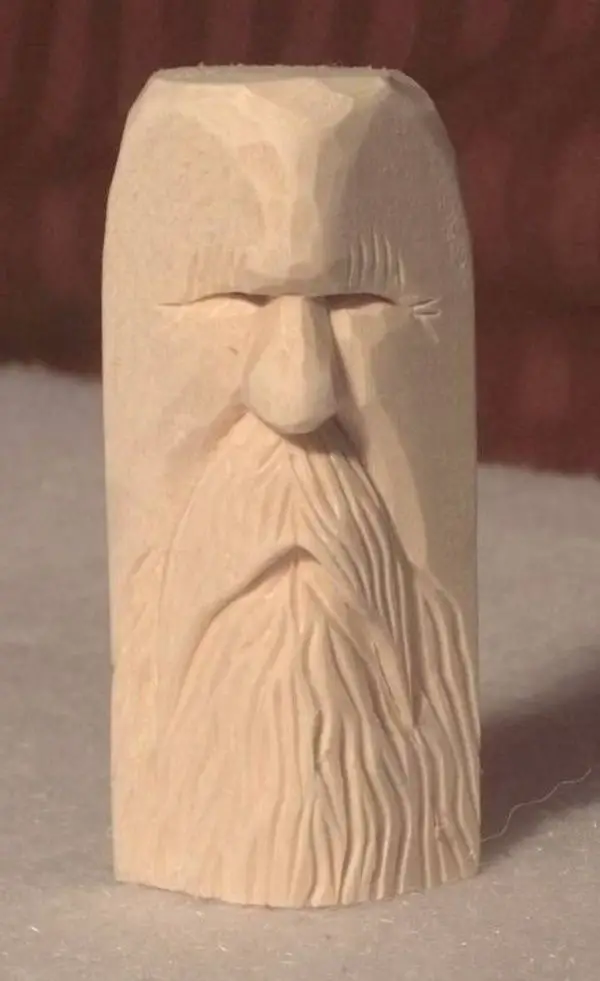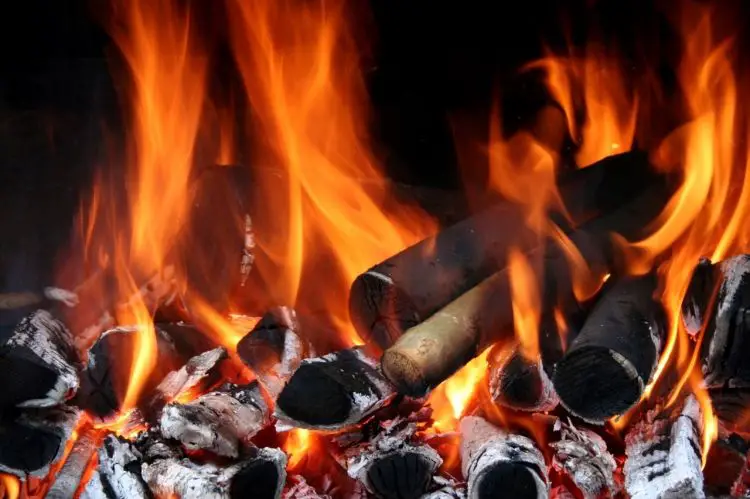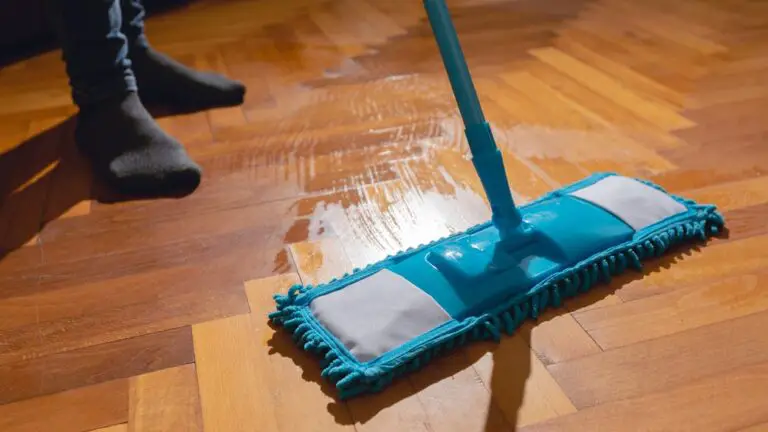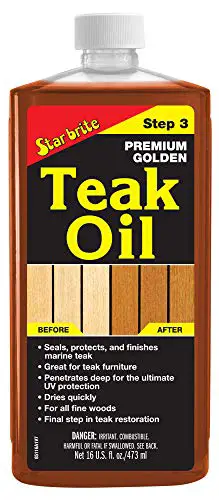What is the Softest Wood : Discover the Gentle Beauty.
Wood is a versatile and widely used material that has been utilized for centuries in various applications such as construction, furniture making, and crafting. One key characteristic of wood that varies widely across different species is its hardness. Hardness is an essential property to consider when selecting wood for a particular purpose. For some projects, such as carving or creating delicate furniture pieces, using the softest wood is crucial. But what exactly is the softest wood, and what are its characteristics?
Understanding Wood Hardness
Before delving into the softest wood types, it’s important to understand how wood hardness is measured. The Janka hardness test is the standard industry method used to measure the hardness of a wood species. This test measures the resistance of a wood sample to wear and denting. The results are expressed in pounds-force (lbf), indicating the amount of force required to embed a 0.444-inch steel ball to half its diameter into the wood.
Characteristics of Soft Woods
Soft woods are known for their low Janka hardness ratings, indicating their vulnerability to dents and scratches. While this may be a disadvantage in certain applications, the softness of these woods makes them ideal for specific uses such as carving, turning, and creating intricate designs. Soft woods are also generally lighter in weight and easier to work with hand tools, making them popular among woodworkers and artisans.

Credit: whiskyauctioneer.com
The Softest Woods
Several wood species are recognized for their exceptionally soft characteristics. Here are some of the softest woods commonly used in woodworking and crafting:
| Wood Species | Janka Hardness (lbf) |
|---|---|
| Balsa | 90 |
| Basswood | 410 |
| Redwood | 450 |
| Paulownia | 300 |
| Cedar | 350 |
1. Balsa
Balsa wood is widely regarded as the softest and lightest commercial wood available. With a Janka hardness rating of only 90 lbf, balsa is exceptionally soft and easy to work with. It is commonly used in model building, carving, and prototyping due to its low density and ease of shaping.
2. Basswood
Basswood is another popular choice for woodworking and carving due to its softness, fine and even texture, and pale white to light brown color. With a Janka hardness rating of 410 lbf, basswood is relatively soft and lightweight, making it suitable for intricate carving projects and making it a favorite among woodcarvers.
3. Redwood
Redwood is a softwood known for its beautiful reddish-brown hue and natural resistance to decay and insects. Despite its softness, with a Janka hardness rating of 450 lbf, redwood is also used in outdoor applications such as decking, fencing, and outdoor furniture due to its durability and weather resistance.
4. Paulownia
Paulownia wood is prized for its lightness, fine grain, and ease of workability. With a Janka hardness rating of 300 lbf, paulownia is considered very soft, making it a favored choice for crafting musical instruments, boat building, and beehives.
5. Cedar
Cedar wood is well-known for its natural resistance to decay and insect infestation, making it a popular choice for outdoor projects such as siding, decking, and outdoor furniture. With a Janka hardness rating of around 350 lbf, cedar is considered relatively soft and easy to work with. Its pleasant aroma and natural beauty also make it highly sought after for indoor furniture and decorative items.
Frequently Asked Questions On What Is The Softest Wood : Discover The Gentle Beauty.
What Is The Softest Wood And Its Uses?
The softest wood is Balsa, known for its lightweight and use in model-building, insulation, and floatation.
Where Can Softwood Be Found In Nature?
Softwood can be found in coniferous trees such as pine, cedar, and spruce, typically found in forested regions.
How Is The Softness Of Wood Measured?
The Janka hardness test measures a wood’s resistance to wear, with Balsa being the softest at 80 lbf.
Can Softwood Be Used For Furniture?
Softwood like pine can be used for furniture, but it’s prone to dents and scratches compared to hardwoods.
Conclusion
Soft woods offer a wide range of advantages, from their ease of workability to their suitability for specific applications such as carving, model making, and crafting. Understanding the characteristics of the softest woods and their potential uses can help woodworkers and artisans select the most suitable material for their projects. Whether it’s the delicate balsa for model planes or the versatile cedar for outdoor furniture, the softest woods have cemented their place in the world of woodworking and craftsmanship.




